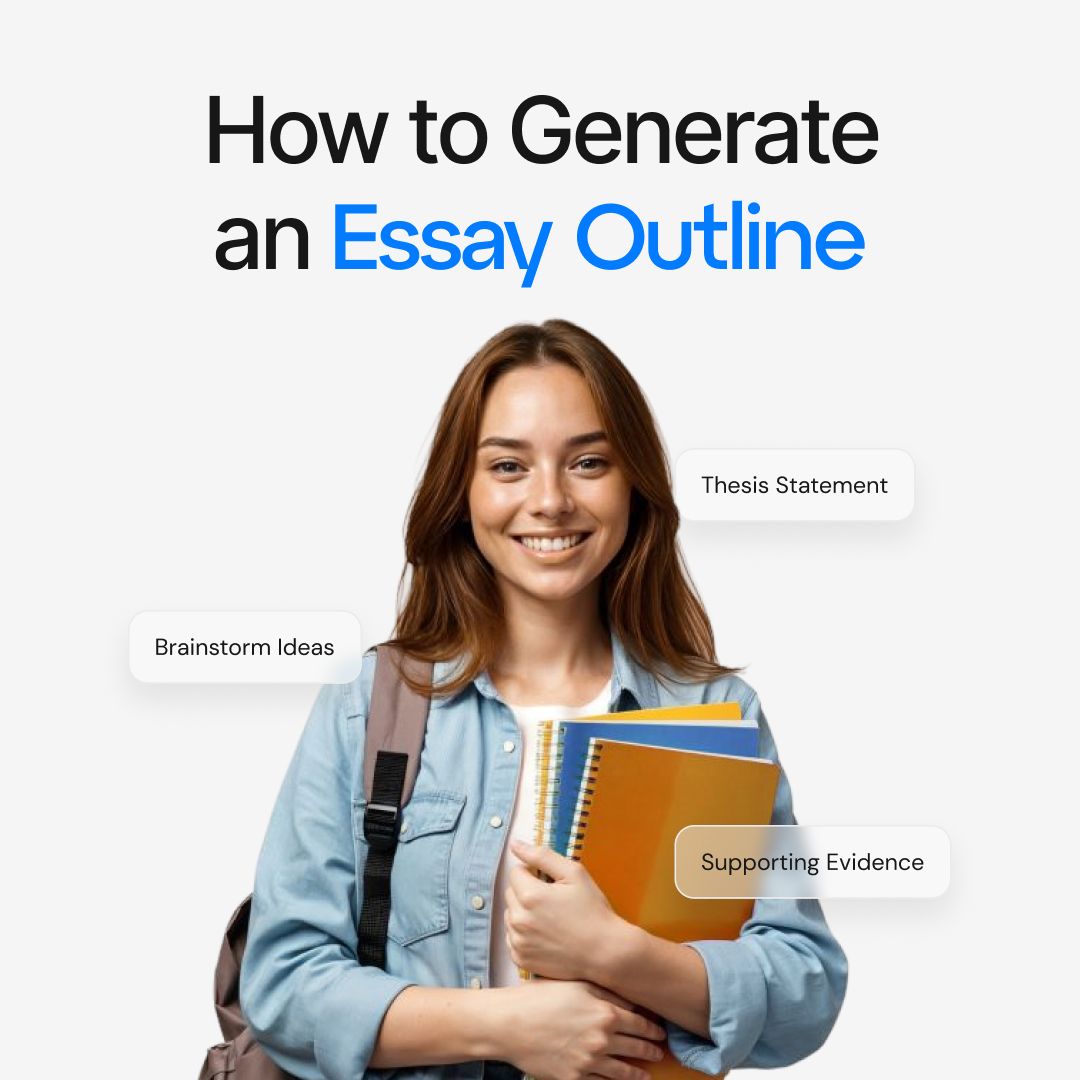
How to Write an Academic Manuscript Line by Line
Academic manuscripts are judged on precision. Reviewers, editors, and future readers all look for writing that is clear, structured, and convincing.
A well-designed experiment or a strong set of results can fail to make an impact if the manuscript is rushed or written loosely.
Line by line writing is a discipline that slows the process down just enough to ensure every sentence carries weight. Instead of pouring words onto the page and hoping revisions will fix them later, this method builds the manuscript piece by piece. It reduces errors, improves flow, and produces text that stands up to the pressure of peer review.
The strength of this approach lies in its detail. Each title, abstract sentence, method description, and result paragraph becomes sharper when built with deliberate focus. Manuscripts written in this way are easier to read, harder to misinterpret, and more likely to be accepted.
Preparing Before the First Line
Good academic manuscript writing begins long before the first sentence is typed. Preparation creates the foundation for a paper that is not only well researched but also well written. Skipping this stage leads to weak arguments, formatting problems, and endless revisions.
-
Know the journal requirements
Every journal has its own structure and formatting rules. Reviewing guidelines before writing ensures the manuscript will not be rejected for technical reasons. Page limits, citation styles, figure formats, and even word counts for each section vary widely.
-
Organize data and references
A manuscript should not be built from scattered notes. Collect all data, charts, and references in one place before drafting. Using reference managers such as EndNote, Mendeley, or Zotero keeps citations consistent and saves hours during submission.
-
Outline the argument and flow
Instead of writing paragraphs blindly, sketch the core research question and how each section will answer it. A clear outline turns raw data into a story with logic and continuity. This helps bring clarity to the process, more focused on the outcome.
Preparation is where clarity begins. By aligning journal requirements, organizing material, and structuring arguments in advance, the manuscript develops faster and with fewer revisions.
Title and Abstract That Get Read
The title and abstract are the first parts of any academic manuscript that editors and readers see. A strong title and abstract can make the difference between a paper being read or ignored.
-
Crafting the title
A manuscript title should be precise, concise, and searchable. Avoid vague wording or overuse of technical jargon. Good titles identify the subject, method, or outcome without unnecessary detail. Example: “Effects of Soil Moisture on Crop Yield in Semi-Arid Regions” is clearer than “Some Observations on Farming Conditions.”
-
Building the abstract line by line
An academic abstract follows a predictable order. Start with the purpose of the study, followed by the methods. Then state the results directly and finish with the significance or impact. Each sentence has a role, and none should be wasted.
-
Why the abstract is hard to write
Summarizing an entire manuscript in 150–250 words demands discipline. Every sentence must carry meaning, leaving no space for filler. A well-written abstract improves search visibility, increases citations, and helps the paper reach the right audience.
Titles and abstracts may be short, but they set the tone for the whole manuscript. Investing time in them ensures the paper stands out in a crowded field of submissions.
Introduction That Frames Your Research Story
The introduction of an academic manuscript does more than open the paper. It builds the foundation for your argument and guides readers toward the research question. A weak introduction confuses reviewers, while a strong one convinces them to keep reading.
-
Open with context, not clichés
Start by positioning the study within its field. Avoid phrases like “since the beginning of time” or “researchers have always wondered.” Instead, point to the current state of knowledge, gaps in existing work, or a pressing problem that needs addressing.
-
Lead into the research question
Each paragraph in the introduction should bring the reader closer to the central question. Moving line by line, show what is known, what is missing, and why your study matters. The flow should feel natural, not forced.
-
Plant the significance early
An effective introduction shows why the study is worth publishing. State the contribution clearly – whether it is a new method, evidence that challenges existing results, or insights into an unexplored area.
Introductions are often rewritten several times during manuscript preparation. Careful attention to detail here ensures the research is framed as important, relevant, and original.
Methods Written for Replication
The methods section of an academic manuscript is where clarity matters most. Reviewers and future researchers must be able to replicate the study exactly as described. Every line should explain what was done, how, and why.
How to write the methods section
-
Describe the study design – State whether the study is experimental, observational, or theoretical. Mention the time frame, setting, and scope.
-
List materials and tools – Provide full details of equipment, software, or instruments used. Include version numbers or model names when relevant.
-
Explain procedures step by step – Write each step in the order it was carried out. Avoid skipping details, even if they seem obvious.
-
Define participants or data sources – Clarify inclusion and exclusion criteria, sample size, and selection process.
-
Note variables and measurements – Identify dependent and independent variables, along with how they were measured.
-
Mention ethical approval – For studies involving humans or animals, state the approval body and reference number.
-
Detail statistical methods – List the software, tests, and models used for analysis. Mention thresholds such as significance levels.
Tips for strong methods writing
-
Keep sentences clear and technical, without extra adjectives.
-
Write in past tense, since the work has already been completed.
-
Use subheadings for long or complex studies.
-
Avoid jargon that prevents non-specialists from understanding the process.
A well-written methods section not only supports credibility but also increases the chances of citation, since reproducibility is central to academic research.
Results That Let the Data Speak
The results section presents what was found in the study without adding interpretation. Reviewers expect it to be clear, structured, and free of unnecessary commentary. A strong results section gives data a voice of its own.
How to write the results section
-
Organize findings logically – Present results in the same order as the methods. This keeps the manuscript easy to follow.
-
Use figures and tables effectively – Show complex data visually. Every table or figure should be numbered, titled, and referenced in the text.
-
Write around the data, not over it – Keep sentences short and factual. Example: “Treatment A increased recovery time by 20 percent compared with Treatment B.”
-
Highlight key trends – Draw attention to the most important outcomes without discussing meaning.
-
Report both positive and negative results – Leaving out data weakens credibility. Complete reporting improves transparency.
-
Provide exact values – Use percentages, p-values, and confidence intervals when relevant.
Tips for clear results writing
-
Avoid repetition by not describing data already shown in a table.
-
Use subheadings for different parts of the study.
-
Keep tone objective and free of speculation.
The results section should feel precise, structured, and transparent. By letting the data speak directly, the manuscript builds trust and lays the foundation for the discussion.
Discussion That Shapes Acceptance
The discussion section is where results gain meaning. Editors and reviewers look closely at how well findings are interpreted, compared with existing research, and positioned within the wider field. A well-written discussion demonstrates why the study matters.
Begin by restating the main findings in simple terms. This anchors the reader before moving into deeper analysis.
For example: “The study found that soil moisture significantly influenced crop yield in semi-arid regions.”
From there, link results to previous studies. Highlight agreements, note differences, and explain possible reasons for those differences.
Strong discussions also emphasize significance without exaggeration. Instead of claiming to “revolutionize” a field, show how the work fills a gap or opens new directions. Conclude with the broader implications, practical applications, and suggestions for future research.
Key factors for a strong focus:
-
Start with the main findings in plain language
-
Compare results with prior studies and explain differences
-
Avoid overstating contributions
-
Highlight limitations honestly and suggest future work
-
End with clear implications or applications
A discussion that follows this structure not only strengthens the manuscript but also convinces reviewers of its relevance and originality.
Editing Line by Line as a Discipline
Editing is where a manuscript shifts from draft to publishable work. Line by line review forces attention on clarity, accuracy, and flow. Each sentence must stand alone yet connect seamlessly to the next.
Key areas to check during line by line editing:
-
Tense – Past tense for methods and results, present tense for established facts.
-
Voice – Active voice for clarity, passive voice only when necessary.
-
Transitions – Ensure sentences and paragraphs flow logically.
-
Precision – Replace vague words with specific terms.
-
Length – Break up overly long sentences to improve readability.
-
Consistency – Standardize terminology, units, and abbreviations.
Practical techniques for better editing:
-
Read the manuscript aloud to catch awkward phrasing.
-
Use digital tools for grammar checks but rely on manual review for accuracy.
-
Review one section at a time instead of scanning the full paper at once.
-
Print the text or change the font to see errors with fresh eyes.
Line by line editing is not just polishing – it is the discipline that separates a rushed draft from a manuscript that withstands peer review.
Mistakes That Ruin Manuscripts
Many manuscripts fail not because of weak research but because of weak writing. Long, complicated sentences bury meaning. Mixing results with interpretation confuses readers. Ignoring journal guidelines leads to outright rejection before peer review.
Even strong studies lose credibility if transitions are unclear or terminology changes mid-text. Reviewers expect precision and consistency across every section, and failure here suggests lack of care.
Common manuscript mistakes you should not ignore:
-
Overly long or vague sentences
-
Results blended with discussion
-
Missing or inconsistent formatting
-
Weak transitions between sections
Avoiding these errors keeps the focus on the research itself instead of flaws in the writing.
Tools That Make Manuscript Writing Easier
Academic writing is rarely a one-man job. Reference managers like Zotero or EndNote keep citations from turning into chaos. Grammar tools help catch small slips that escape tired eyes. Templates from journals reduce formatting errors that otherwise lead to desk rejections.
But tools only go so far. The challenge is turning raw material into polished sentences that flow line by line. That is where Chatly adds weight.
It generates drafts for complex sections, adjusts tone to match academic formality, and cuts down hours of editing. Instead of staring at a blank page, researchers start with structure. Instead of rewriting every sentence by hand, they refine what is already shaped.
One thing matters above all: consistency. A manuscript written with digital support still reflects the researcher’s voice, but smoother, clearer, and more readable. Chatly makes that process faster without stripping control away.
How Chatly Can Strengthen Every Line You Write
Manuscript writing is detailed work. A single weak sentence can slow down reviewers and reduce clarity. Chatly AI Chat and AI Search features support researchers by giving structure at the draft stage and refinement at the editing stage.
It creates polished versions of difficult sections – abstracts, results, and discussions – without losing precision. Tone can be shifted from plain to academic formality instantly. Reusable templates save time for recurring tasks like methods or ethics statements.
Chatly doesn’t replace the researcher’s expertise. It amplifies it. Every line becomes cleaner, more consistent, and ready for submission with less effort.
Conclusion
Academic manuscripts live or die line by line. Strong research can be overlooked if the writing is unclear, unfocused, or inconsistent. Precision in every sentence creates authority, helps the paper survive peer review, and makes the work easier to cite.
Clarity is not decoration – it is the core of scholarly communication. A manuscript that reads smoothly, presents data transparently, and draws measured conclusions builds trust. Researchers who practice line by line writing produce papers that carry weight long after publication.
Suggested Reads
Frequently Asked Questions
Struggling to write a manuscript? Read on to find the answers to most frequent questions.
More topics you may like

How to Generate an Essay Outline in Minutes

Muhammad Bin Habib

How to Prompt ChatGPT for a Sales Script

Muhammad Bin Habib

How to Write a Journalism Lead That Hooks Readers Instantly

Muhammad Bin Habib

How to Write a Journalistic Article: Definition, Types, Structure and More

Muhammad Bin Habib

How to Write a Letter of Discontent That Conveys What You Feel

Muhammad Bin Habib
